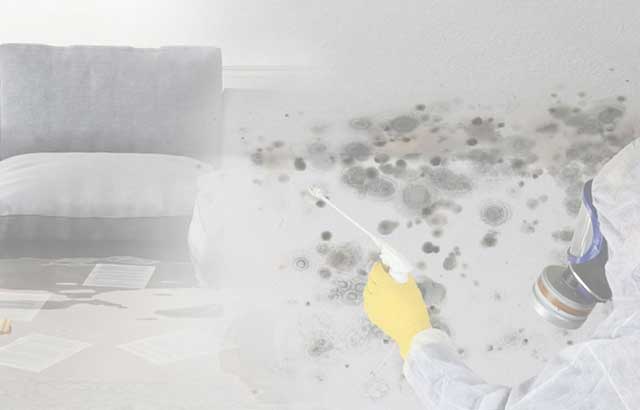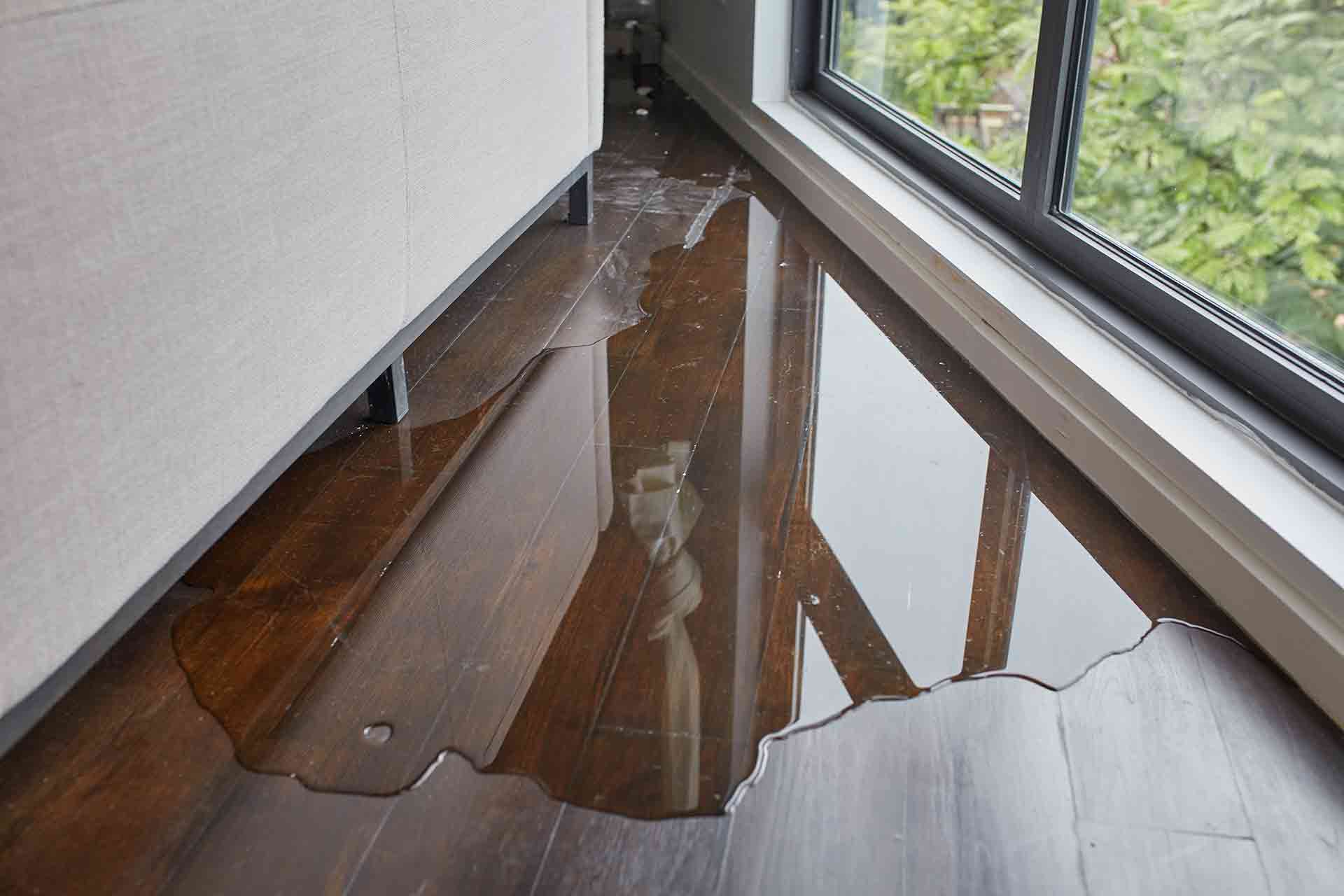Preventing Water Damage in the Bathroom
Preventing Water Damage in the Bathroom
Blog Article
Nearly everybody maintains their private perception on the subject of How to Prevent Bathroom Water Damage.

The washroom is incredibly vulnerable for wet build-up and possible water damage as a result of the regular use of water in it. This short article offers basic inspection techniques to assist identifying water damage dangers.
The frequent use of water in the shower room makes it exceptionally vulnerable for damp buildup and prospective water damages. By inspecting it frequently, you can lower water related damages.
The complying with collection of inspections is easy to do and also need to be done once in every three months in order to maintain your washroom in good shape and to avoid possible water problems brought on by the bathtub, the shower, pipe joints and plumbing, sinks, cupboards, as well as the toilet
Do not disregard executing these inspections as well as be detailed while performing them. Bear in mind that these basic examinations can save you a lot of cash by giving early indications for water damage
Bathtub and Shower
The shower as well as tub need unique interest as well as upkeep. Examine the floor tiles and also change if fractured. Make sure that there is no missing grout between the tiles. Inspect and replace cracked caulking at joints where the walls meet the flooring or the bath tub. Obstructed drains pipes and also pipelines issues will certainly stop the tub from drying and might show significant troubles under the bath tub. Speak with an expert right away to prevent architectural damages. Focus on discolorations or soft areas around the tub walls as they may indicate an internal leak.
Plumbing
Signs for water damage are hard to spot since many pipes are installed inside the walls.
Pay special focus to floor covering and also wall surfaces wetness as well as spots as they may indicate an unnoticeable plumbing problem. Inspect wetness levels in adjacent spaces as well.
Sinks and Cabinets
Sinks and also cupboards are exposed to moisture and also humidity daily and also are usually overlooked. Evaluate regularly under the sink and also on the kitchen counter over it. Fix any kind of drip in the catch as it may suggest drain problems. Take a look around the sink, slow-moving draining pipelines might show an obstructed drain. Replace sink seals if they are cracked or loose.
The Commode
The commode is a prone water joint. Inspect the water lines and look for leaks around the commode seat, in the pipe, as well as under the water tank. If you identify any kind of indications of moisture on the flooring around the bathroom, check for leakages in the toilet rim and container seals.
Be aware that hanging bathroom bowl deodorants raises the possibilities for clogs.
Water Damage Signs In The Bathroom To Avoid Cleanup
Musty smell
This is one of the easiest signs to catch because musty smells are so odorous. The damp, earthy, moldy smell should be a big red flag. The smell will develop when moisture gets trapped in surfaces, and begins to facilitate mold growth. Leaking pipes under cabinets, inside walls, and behind shower fixtures will cause moisture to stay trapped and not dry, which will lead to mold growth and spread. As soon as you notice any musty smells in your bathroom, have it checked for hidden water damage and cleanup signs.
Visible mold
If the smell isn’t there to give it away, sometimes you will actually see mold growth. Finding mold in your bathroom is a serious problem, because mold is very harmful to your health. By the time mold growth is visible, it also means that water damage has already occurred and been present for some time. The only way the mold problem can be resolved is to find the source of the moisture and get it stopped. To safely and adequately remove mold, you need to have professionals handle the remediation. Do not waste any time in getting mold problems addressed, fixed, and sanitized so that you can protect you and your family from the many respiratory symptoms caused by mold exposure.
Damaged floors
Bathroom floors should be able to withstand some exposure to water while still remaining in good condition. However, when excess exposure or water leaks occur, they will begin to damage even the most water-resistant flooring. If you notice any cracking, bubbling, staining, or warping on your bathroom floors, there is probably a water leak somewhere causing the distortion. If you notice areas of the floor have become softer, or even have a spongy feeling, there is probably damage to the subfloor. Subflooring is typically made up of plywood. When plywood is exposed to water or moisture, it will absorb it. Once it has become saturated, the weight of the excess water will cause the wood to swell and soften. Check the floors in your bathroom frequently to catch any of these sings before they lead to damaged subflooring.
Changes on walls
When water leaks behind walls, it will cause changes in the drywall. Peeling plaster, blistering paint, and soggy wallpaper are all good indicators that excess water is building up behind the wall. Water leaking behind drywall will cause it to swell and be soft to the tough. If you start to notice gaps along the trim of your walls, or where tile meets the wall, it could also be a strong indicator that there is a leak behind the wall. Any changes, distortion, or damage on the walls should be evaluated as soon as you notice it to prevent further water damage and cleanup.

I have been very fascinated by Common Causes of Water Damage in a Bathroom and I hope you liked the entire page. Enjoyed our article? Please share it. Help somebody else locate it. Thanks a bunch for your time. Come back soon.
Make An Appointment Report this page